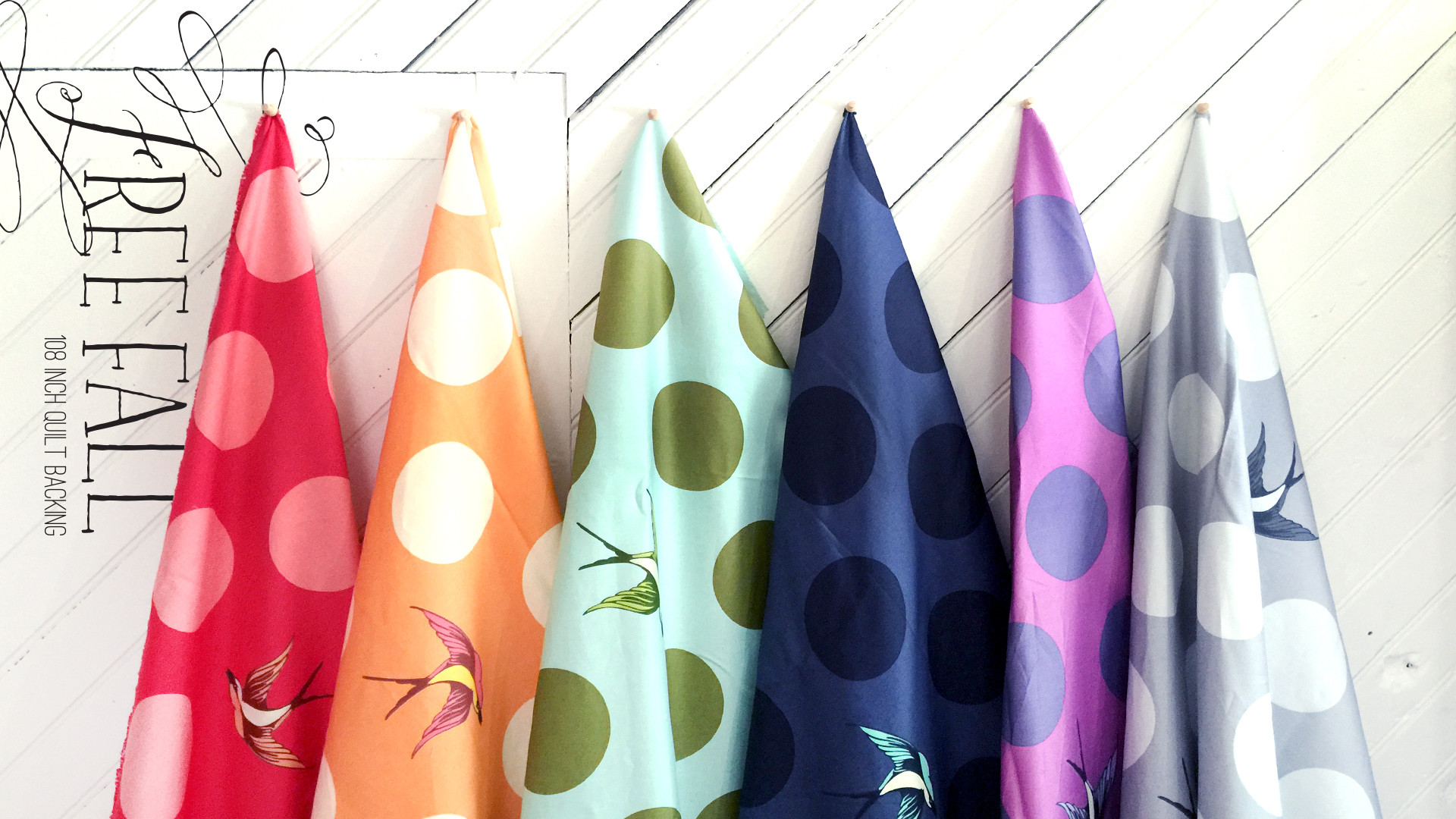
If you're a knitter, you might be wondering how to bind off knitting. This article will compare the different types, including the cast on and the sewn binding. Let's first discuss the two types. YO's (you over-ones) are the most frequently used stitches.
YO:s
Binding is one among the most difficult and time-consuming knitting techniques. While it is very common to make your bind off tight, this might not be the best technique. The secret is to loosen the bindoff. As you knit the last row, it is important to let your tension relax. This is done by placing the left needle directly over the 2nd row. Continue knitting until you reach the end of the row. If you're not confident knitting the final row, loosen the tension and use larger needles.

Suspended Bind Off
Suspended bind off, which is an extension of the Basic Bind Off. This is a great way not to bind off too tight. To start, lift the 2nd stitch from the right needle above the first stitch from the left. However, do not drop the needle's tip. This "suspends" the stitch, which brings the right needle's tip in front of the first stitch. The "suspended bindoff" is formed by the next stitch being dropped from the left side needle.
3-needle binding
A 3-needle bindoff is a method to join two pieces together. The working stitch needle passes through both the first and last loops. The right-hand holds the third needle. The knitting ends with the three needles connected. The working needle knits the blue yarn between the red- and green fabrics. The last stitch is knitted by the third needle.
Cast-on vs. sewn bind off
It can be confusing to decide which method is best for binding a piece or knitting. There are many ways to bind off your knitting. Whether you're using a knitting needle or crochet hook, there are pros and cons to each method. Let's discuss both. It is important to choose the right method for binding a piece.

Correcting knitting mishaps after binding off
You may find a problem with your knitting project after you have bound it. Don't panic! Once you have some experience, correcting a knitting problem is simple. First, determine what the problem is. Is it just a couple of misplaced stitches or the entire row? Is the row completely off-center? In either case, the solution will vary, depending on the nature of the mishap.
FAQ
What are your favorite hobbies right now
Popularity does not always mean that you are popular. Popularity can often be used to excuse mediocrity. Many people have no time for hobbies or other interests. They are too busy working to make ends meet. What can you do if your time is limited? You could start a business.
But it's not an easy task. It takes a lot of work to make your dream a reality.
You should look into a hobby if you want something more thrilling than running your own business.
Hobbies do not have to be limited to creative pursuits. There are many hobbies. These include:
-
Gardening
-
Cooking
-
Photography
-
Reading
Where can I find free resources to learn more about hobbies?
There are tons of websites devoted to helping people discover new hobbies.
These are our top picks:
www.trythisathome.com - This site provides a list of over 100 different hobbies. It also provides information on how to get started in each one.
www.hobbyfinders.org: This website offers thousands of activities you can search by skill level, location, or interest.
www.indiebazaar.co.uk - IndieBazaar is an online marketplace designed specifically for independent artists and musicians. The site has hundreds of products, from artwork to music equipment.
www.pinterest.com/explore/hobbies - Pinterest is a social media network that lets users "pin" images they find interesting onto their boards. Users can create boards to group things that they like into certain categories.
www.reddit.com/r/Hobbies Reddit is another social networking platform that allows users to link to articles, videos or other content. Voting is available for users to choose the most valuable posts.
What are some competitive hobbies?
Swimming, running, cycling, golfing and tennis are some of the competitive sports.
They are usually enjoyed by people who enjoy being active, but also allow for social interaction.
You will probably find people around you who have the same hobby as you, if you are into physical activity.
This could mean joining a club, or group that meets regularly to do sports together.
You might also choose to participate in team games involving playing alongside others.
These include: football (soccer), soccer, cricket, netball.
There are many different types of competition.
Some competitions can be used for only recreational purposes.
Others are intended to test competitors' skill.
Some are even designed to reward outstanding performance.
These cases result in prizes for the winners.
Other competitions are designed to test the strength and stamina of competitors.
These are endurance events.
For example, marathon races, triathlons, Ironman Triathlon, etc.
Athletes often train hard before competing in these events.
They will be required to follow a rigorous training program in order to prepare mentally and physically.
They might also need to be away from their homes during preparation.
It is important that you remember that not every athlete can compete in every type or event.
Why do we need hobbies
Hobbies are a vital part of our lives as they allow us to unwind, relax, think creatively and exercise. They also give us the opportunity to socialize, network, and have fun. Hobbies offer opportunities to develop new skills as well as life-long interests.
Hobbies help us to find meaning and purpose in our lives.
They can be a great way of spending time without having to do anything else.
They are fun!
If you don't have time for a hobby, then you probably don't have time for anything else either.
You have many choices. Start a hobby today, if you don’t have one already!
What is the cost of a hobby?
It costs nothing to start a hobby. If you are serious about your hobby it could take years before you achieve your goals.
But there is one thing that can help you. It's called "passion". If you have passion about something, it will make it easier for you to work hard.
Once you put in the hours, you might find yourself addicted to the activity. This is when the real fun begins. You are now doing something that you love and getting better every day. By the end of the year you'll have probably made a lot of progress.
Do not worry about the time it takes. Just go ahead and try. You may be surprised!
Statistics
- The intensity of the dialogue partners' bond at the end of the forty-five-minute vulnerability interaction was rated as closer than the closest relationship in the lives of 30 percent of similar students. (time.com)
- 37% Video Games 36% Travel 36% Health and Fitness (quizexpo.com)
- A new survey by Pew Research Center of teens ages 13 to 17 finds that 36% of girls feel tense or nervous about their day every day; 23% of boys say the same. (pewresearch.org)
- Much of this decline reflects the fact that teens are less likely to work today than in the past; among employed teens, the amount of time spent working is not much different now than it was around 2005. (pewresearch.org)
- Studies show that just six minutes of reading can reduce stress levels by 60 percent. (oberlo.com)
External Links
How To
How to Get Started Biking
Bike riding remains one of the most beloved sports in today's world. You can get exercise, have fun and take in the fresh air. However, bike riding requires skill and practice before becoming proficient at this sport. To avoid falling off your bike while you ride, you must first learn how to properly use it. These are some helpful tips for learning how to properly ride your bike.
You should first make sure that you are wearing proper cycling clothing. Comfortable clothing will protect you from the elements and should fit well. Make sure that you wear a helmet when you're out riding. If you do crash, your head won’t hurt too much. Make sure your bike is properly fitted. A poorly fitting bike could cause injuries during a collision.
Also, make sure you check your tires often. You must insure that your tires are sufficiently inflated to give you adequate traction. Check the tire pressure at least once a week. Make sure the treads are free of debris and clean when checking them. Make sure the valve stems are clean to avoid any leaks. Make sure your brakes are properly working. Always look ahead when riding. Avoid riding into traffic because it's dangerous. Pay attention to pedestrians and animals. Finally, use common sense when riding. Don't drive like a maniac, and avoid making sudden movements.